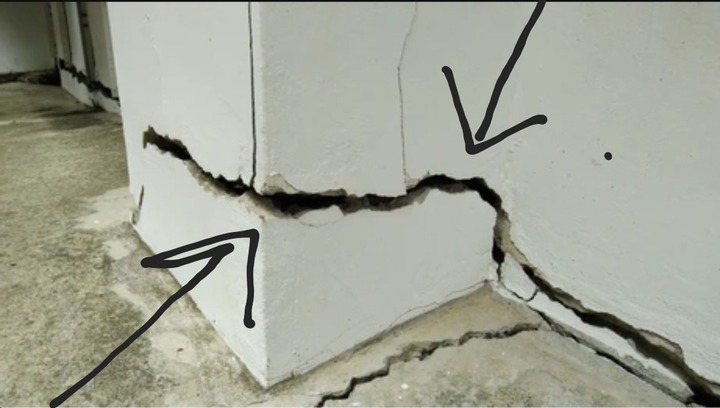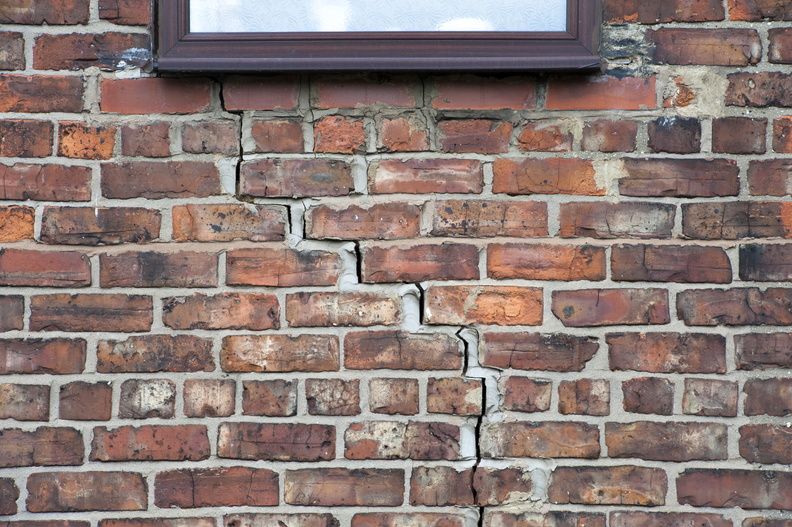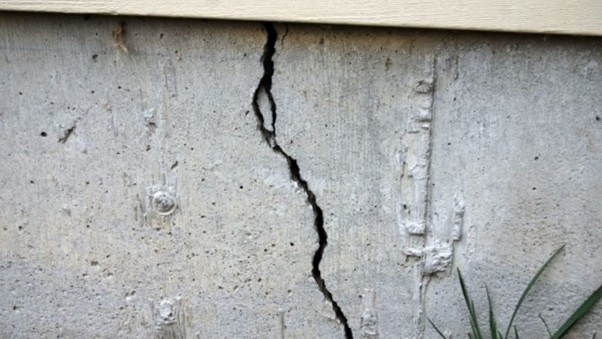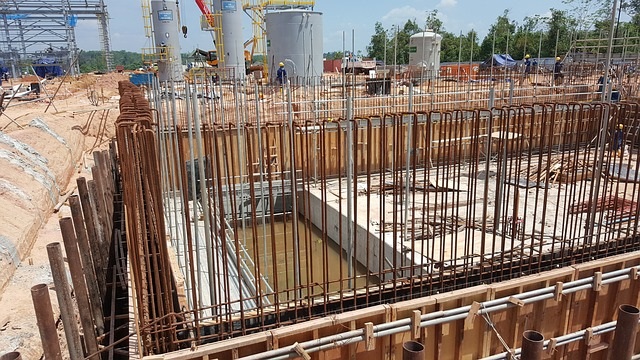How to Repair and Prevent Cracks in Your Building
Do you wonder how these buildings made from concrete and cement get cracked out of nowhere? Building cracks can happen anywhere in the house; the walls, terrace, and ceilings. There are so many parts of a building that can crack. This article will explain what causes your building walls to open up and how you can fix that menace.
A cracked wall is a wall with a long gap or split showing in the walls that were not originally the design of the wall. A hole punched deliberately into a building is not a crack. Good construction practice means civil engineers receive construction documents that contain all instructions and specified activities to follow. Unfortunately, some civil engineers often fail to read instructions to a building construction project out of complacency or ignorance. By carefully surveying and studying documents attached to property development, contractors find the exact operational mechanism to construct a strong building from start to finish.
Buildings of all ages are susceptible to cracks. The width of the opening on walls describes the degree of the crack. A crack size between 5-15mm is moderate damage, while a crack size up to 25mm is regarded as a severe wall defect.

Wall Cracks! What Causes Them?
There are several reasons your walls will crack that may not always be the fault of a contractor. Cracked walls are uncomfortable but are rarely a cause for alarm. It is crucial to identify what caused a crack in a building to figure out how to repair it. Cracked walls often occur as a result of natural phenomena. Keep reading to know some of the potential reasons your walls are likely to face a crack.
Changes in Content in Moisture
Buildings absorb moisture in the soil when there are pores in the structure of building materials. The moisture absorption tends to cause an expansion to the building and shrinkage when the moisture dries up in the walls. This cycle of expansion and shrinkage leads to cracked walls over time.
Poor Construction Practice
Carelessness, complacency, greed, ignorance, or negligence often lead some engineers to use cheap materials to build. Some contractors entirely neglect to supervise the entire construction process effectively. No or partial supervision means contractors don’t get to check which subcontractor does a poor job working on the building. For instance, an incorrect ratio of water in a concrete mix may lead to a generally weak structure prone to cracks in the future.

Thermal Expansion
One of the most potent causes of building cracks is thermal expansion. Materials used for building expand when walls are exposed to ambient heat and retract when cooled. Thermal expansion affects the walls of buildings more than any other part of the house because the walls are exposed to the harsh nature of the sun. Over time, the walls begin to crack due to continued expansion and contractions.
Poor Maintenance
After a while, walls need to be maintained. Buildings naturally deteriorate overtime when it’s vacant for a long time. Consistent maintenance with painting and applying protective coating once in a while will keep walls healthy and protected against moisture and harsh weather conditions.

Other Factors
There are other reasons your walls will crack. These include structural instability, chemical reaction of materials, external impact on the building, bad tapping, structural damage, brutal house decorations, and many others.
What to do
The good news is that cracked walls are often not severe and can be fixed with basic DIY home practices. However, it is always recommended that you contact a professional building engineer to carefully survey the severity of your cracked walls and fix it.





